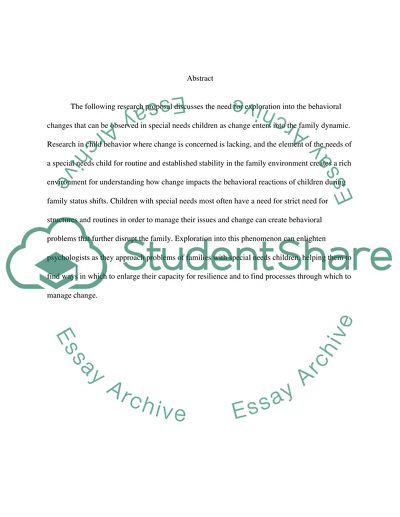Cite this document
(“Reseach into the Effect of Change in Family Status on the Behavior of Research Paper”, n.d.)
Retrieved from https://studentshare.org/psychology/1440006-experimental-research-study-does-family-status
Retrieved from https://studentshare.org/psychology/1440006-experimental-research-study-does-family-status
(Reseach into the Effect of Change in Family Status on the Behavior of Research Paper)
https://studentshare.org/psychology/1440006-experimental-research-study-does-family-status.
https://studentshare.org/psychology/1440006-experimental-research-study-does-family-status.
“Reseach into the Effect of Change in Family Status on the Behavior of Research Paper”, n.d. https://studentshare.org/psychology/1440006-experimental-research-study-does-family-status.


